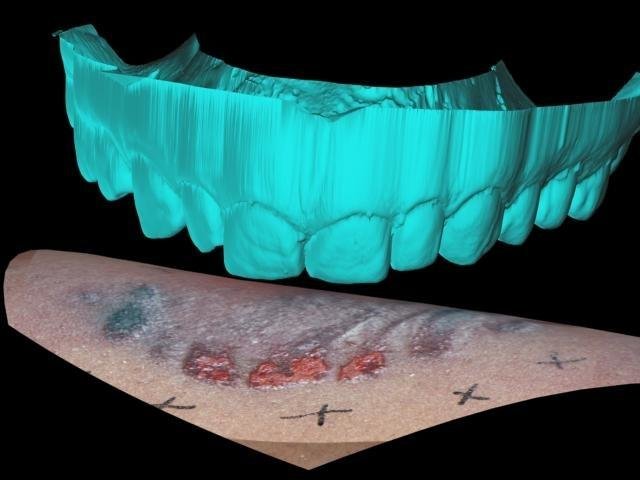The technology industry and academia have always been closely knit together, working to engage today’s brains into being tomorrow’s professionals, to ensure students are learning essential skills and cultivate talent. And in today’s world, industry and businesses have come to rely on the bright minds to address emerging cyber threats.
 Image via datumbox
Image via datumbox
Guidance Software, a software company headquartered in Pasadena, has funded a program at the California Institute of Technology (Caltech) to support data security research using advanced anomaly science. Discoveries will be published and used to enhance data breach detection and incident response capabilities.
“Hackers are relentless. Breaches of major corporate or government data centers are on the rise to the tune of billions of dollars in losses per year,” said Michael Harris, CMO of Guidance Software. “Our industry is facing a massive labor shortage of cybersecurity specialists. To address this shortfall, we are working with data scientists at Caltech, one of the most respected research universities in the world, to use anomaly detection, complex event processing, and machine learning to help us thwart these breaches and reduce the damage to taxpayers and corporate profits.”
The program can rely upon some of the best brains in the biz, being run out of Caltech’s new lab, the , in collaboration with NASA Jet Propulsion Laboratory (JPL). Principal scientist Julian Bunn will be heading the research and professor emeritus Mani Chandy. The pair has developed algorithms and processes to detect anomalous patterns in data sets used in critical areas such as earthquake prediction and now in the detection of advanced malware and their polymorphic variants.
Timely and effective breach detection of modern threats requires a different approach that that most defensive software employs. Traditional approaches deal with data security issues through the use of signatures, blacklists or shared threat intelligence. They however leave systems vulnerable to unknown of zero-day malware. Based on machine learning and statistical models, a software that relies on anomaly detection can find such infiltrations by focusing on detection of anomalous or atypical behavior that may indicate unauthorized access to sensitive data.
“We are thrilled to be working with Guidance Software on such an important initiative,” said Karina Edmonds, executive director for corporate sponsorships at . “Our institute is focused on applying science to expand human knowledge and benefit society through research. This work to solve for breach detection and malware discovery is consistent with our mission.”



